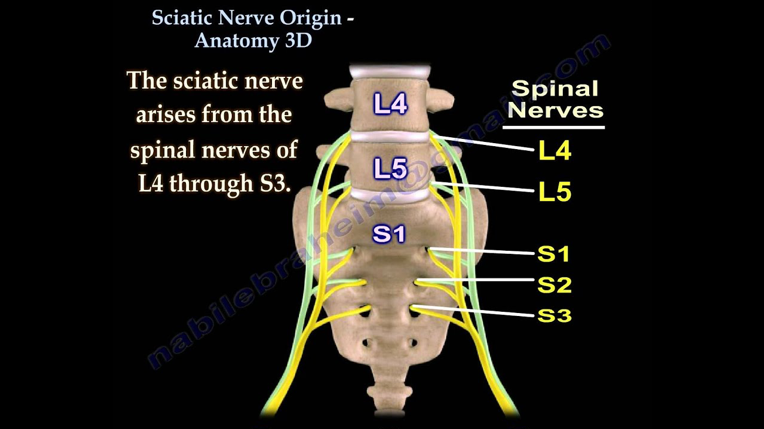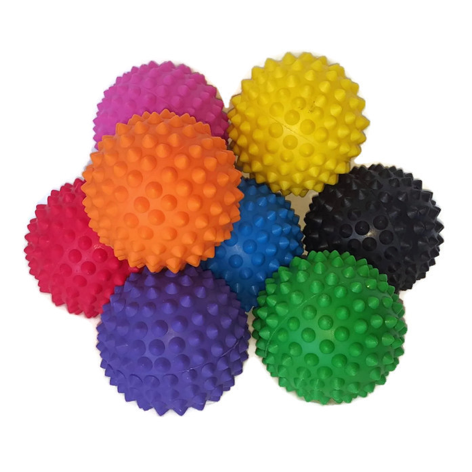Do you have lower back pain? Do you find yourself unable to sit uninterrupted at your desk throughout your working day? Do you feel a deep ache in your lower back? Do you have a love for heat packs?
If you have answered yes to the above questions, in simple terms (as I’m sure you already know!) you are likely to be suffering from lower back pain.
Lower back pain refers to pain within the lower portion of our spine, known as the lumbar region. According to the Australian Institute of Health and Welfare it is estimated that 70-90% of the population will suffer from back pain at some point in their lives.
What causes lower back pain?
- Lumbar spine joint stiffness
- Muscle tightness
- Poor posture
- Injury, such as due to increased mechanical load through the lumber (lower) back region from heavy lifting
- Stenosis (lumbar spinal canal narrowing)
- Disc prolapses
- Fractures
- Spinal osteoarthritis – the degeneration of the points of bone articulation (joints)
As you can see, there are numerous reasons why you may be suffering from lower back pain. However, in this blog, I am going to namely focus on the most common causes which include lumbar spine joint stiffness and muscle tightness.
I’m going to continue this blog by asking an additional few questions.
Does your pain travel through your buttock?
Does it travel into your thigh (the back of your upper leg)?
Would you describe this pain as a tingling or sharp sensation?
Now this time if you have answered yes, there is a heightened possibility that you may be suffering from a condition known as “sciatica”.
Recently, I have had many patients presenting with what they believe to solely be lower back pain. However, following a detailed subjective assessment (discussion), it becomes clear that their lower back pain refers into their buttock and thigh.
But that’s still lower back pain right…?
No!
Sciatica is a term referred to pain radiating along the sciatic nerve, which travels from the lower back through to the buttock and leg.
Given this recent confusion, I thought it may be of benefit to provide a blog article outlining the difference between lower back pain and sciatica, explain their relationship and management plans for both conditions.
Why do I have pain in my buttock and thigh?
As aforementioned, pain referred into your buttock and thigh may be sciatica. Alike to the common causes of lower back pain, lumbar spinal joint stiffness and muscle tightness are the common cause of sciatica too.
Within our spine, we have openings/passages which our spinal nerves travel through. These openings are known as foramina. Specifically, the sciatic nerve originates from L4, which is the 4th spinal segment of our lumbar (lower) back and travels through the foramina to travel down through our buttock and into our posterior thigh.
Joint L4 stiffness and associated muscle spasm (possibly present as your body is trying to protect the injured area by reducing the load travelling through it) may place pressure on/compress/irritate the sciatic nerve, causing a radiating referred pain down into the lower body.
Are my lower back and buttock/thigh pain related?
Therefore, yes, if you are experiencing both lower back and buttock/thigh pain then these two may share a relationship.
What can you do to alleviate your LOWER BACK PAIN?
- Medication
Non-steroidal anti-inflammatory drugs (NSAIDs) and pain management
- Application of heat
When suffering from back pain, muscles in your lower back may be very tight and tender to touch.
To address this, try the application of heat in the form of either a heat pack wrapped in a towel or applying a topical massage cream such as Fisiocrem or Deep Heat.
Gently rub in and apply the creams to the area of pain, tightness and discomfort.
- Keep your back moving, however, stop activities that aggravate your pain.
Gentle lower back stretches are perfect and recommended.
- Visit a Physiotherapist
Lower back pain, acute or chronic, responds remarkable to physiotherapy treatment.
Interventions/treatment methods may be used following your assessment such as:
- Soft or deep tissue massage
- Dry needling, specifically to assist in the re-activation of your lower back stabilising muscle, the “multifidus”.
- Mobilisations
- Therapeutic ultrasound machine – The application of heat and stimulation to promote cell healing.
- Taping, specifically for postural correction by providing feedback
- Education
- Specific individualised home exercise program including both stretches and strengthening exercises. These exercises aim to increase the upper back, shoulder and neck range of motion, improve muscle endurance, improve muscle stabilisation and improve muscle strength to reduce your pain, prevent a recurrence or further injury.
- Clinic group Physiotherapy exercise/pilates classes
What can you do to alleviate your lower back AND/OR SCIATIC PAIN?
- Medication
Non-steroidal anti-inflammatory drugs (NSAIDs) and pain management
- Release your muscle tightness
Commonly, muscles in your buttock region such as your gluteals and piriformis are very tight when suffering from sciatica.
These muscles are different to those that would present as tight if you solely had lower back pain.
To assist in reducing such tightness, try:
- Applying heat through a heat pack wrapped in a towel to the area (your buttock)
- Exploring your “love/hate” relationship with the spiky ball, by directly placing the ball against your buttock whilst standing against a wall and motioning small circles or upwards/downwards movements. After giving this a go, you will definitely understand why I call it a “love/hate” relationship.
- Strive for that Kim Kardashian booty!
Strengthen your hip and buttock muscles! Some easy to do exercises include gluteal bridges, side plank, side lying hip circles, crab walking and hip fire hydrants.
- Stay hydrated
This will assist in releasing muscle spasm and tightness
- Visit a physiotherapist
Physiotherapists are specialised in treating conditions such as lower back pain and sciatica.
Your Physiotherapist will first thoroughly assess you through both a discussion and physical examination to better understand your presenting pain and reduced function.
Following this assessment, a range of treatment methods may be used such as:
- Dry needling
- Soft and deep tissue massage
- Therapeutic ultrasound machine
- Lower back (lumbar) mobilisations
- Specific individualised home exercise program including both stretches and strengthening exercises
Physiotherapists are a great resource to gain education and receive a specific and individualised exercise program focusing on improving your lower back and hip mobility and strength.
- Clinic group Physiotherapy exercise/pilates classes
Once your lower back and/or sciatica has been successfully managed and you are pain free joining clinical pilates classes conducted by a Physiotherapist is highly recommended.
Clinical small group physiotherapy classes (maximum of 5 individuals at Physio Australia) is a 40-minute tailored individualised exercise class.
It will ensure the ongoing maintenance of your pain reduction, increase your muscle strength and reduce your risk of a future lower back pain or sciatica flare up.
If you are suffering from lower back and/or sciatica, book an appointment with one of our qualified physiotherapists at Physio Australia. We are located in Highett. Please call us on 1300 392 552 or book online at www.physioaus.com.au.
Please do not hesitate to call us if you have any questions.
Written by Jaime Bild – Physiotherapist

 1300 392 552
1300 392 552


Leave A Comment